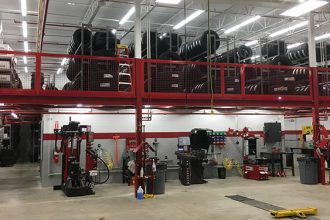Improve Dock Safety With Protective Guarding, Part 2: Products And Facility Structures
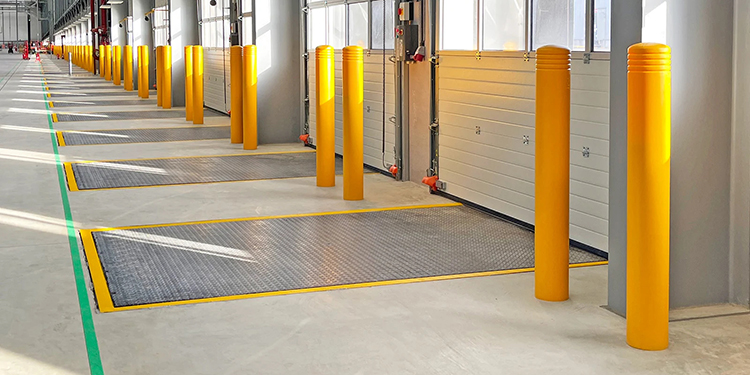
Nearly 25% of all industrial accidents take place in shipping and receiving docks. As explored in the previous post the dangers to workers and truck drivers include potential forklift collisions and falls from open dock doors. However, forklift impacts can also cause costly damage to inventory, building features, and equipment within the dock area. That damage, in turn, can increase the safety risks for people in the space. Fortunately there are multiple ways to improve dock safety with protective guarding for products and facility structures.
When considering ways to improve dock safety, solutions to shield people from harm should be first priority, noted Aaron Conway, President of Mezzanine Safeti-Gates. The company is a member of the Protective Guarding Manufacturers Association (ProGMA). “Then, look to safeguard inbound and outbound inventory, and to reduce the risk of damage to facility structures and equipment,” he said.
Prevent Product from Falling Off Pallets
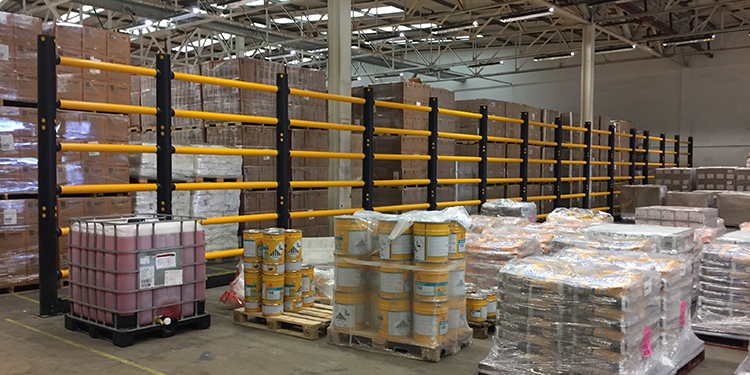
Within both inbound and outbound dock areas, products are moving in and out — often at high rates of speed. Inventory stacked atop a pallet should therefore be stretch wrapped to prevent items from falling, Conway advised.
“Falling boxes could strike a worker in or near the area, causing an injury. Or, damage could occur, resulting in unsaleable or wasted inventory,” he said. “To prevent this, installing topple barriers will improve dock safety.”
Topple protection barriers surround floor- or block-stacked loads. They resemble a tall fence, but feature construction that can withstand and contain the impact of falling inventory. This keeps the items from striking pedestrians, other products, facility structures, or other equipment.
Install Product Containment Netting or Steel Mesh Panels on Rack
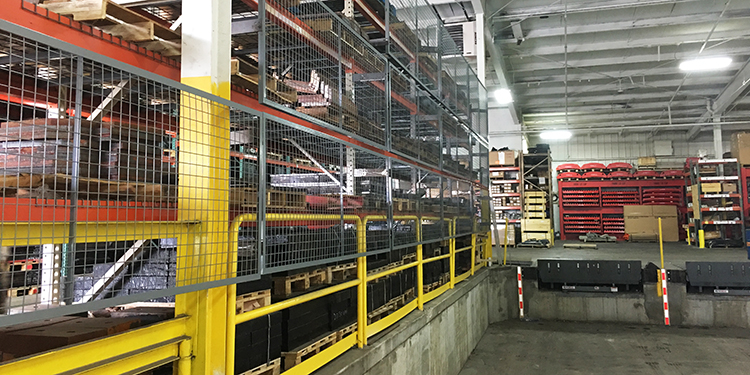
With today’s warehouses and distribution centers full of product, pallet rack is springing up virtually everywhere. This includes above and around dock doors. To improve dock safety, product containment netting or steel mesh panels are available. They affix to the front, back, or sides of a rack and secure the items stored in these racks.
“Similar to topple barriers, containment netting and steel mesh panels prevent items from falling and striking people,” noted Conway. “They also prevent damage to products and any equipment in the dock area.”
To help steel mesh panel purchasers assess the quality, consistency, and durability of different options, ProGMA offers ANSI MH31.1. The standard provides guidance on design, use, and testing practices for steel mesh containment panels used in vertical storage systems, he added.
Specialty Barriers Protect Structures and Equipment
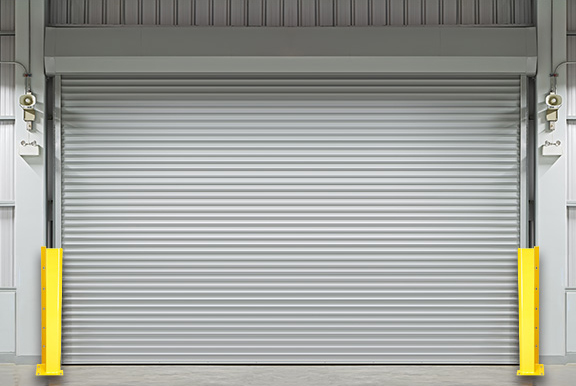
Another way to improve dock safety is to install specialty barriers around building features or equipment. Designed and engineered to ensure they can withstand the forces of an impact from a loaded forklift, these barriers reduce the risk of collision damage.
“Guardrails, bollards, curbing, and height restrictors install around rack, sensitive equipment, or dock door tracks and openings,” explained Conway. “They come in a variety of materials and styles to deflect an impact. This minimizes the chance of an accident that results in expensive damages or creates a situation that could endanger workers in the area.”
Improve Dock Safety Through Training
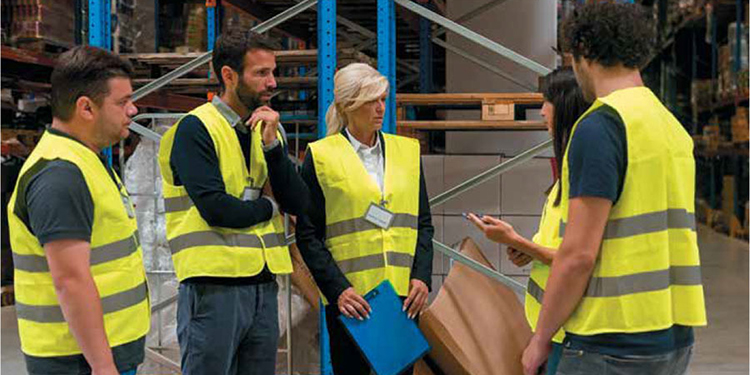
Installing protective guarding alone isn’t enough to improve dock safety, cautioned Conway.
“Training is absolutely essential to reduce the risk of dock accidents that could injure people or cause damage to products and the building,” he said. “Train new employees and seasonal or temporary employees about shipping and receiving dock traffic patterns so they are aware of the dangers. It’s also a good idea to continuously train existing employees as a refresher.”
Additionally, anytime a change occurs that impacts dock processes, traffic, or handling practices, hold a training session. “If a facility is introducing a new lift truck, or handling different types of products or unit loads, or installing new protective guarding,” Conway continued. “All of these scenarios are perfect examples of reasons to train personnel on safe dock practices.”
Soliciting input from workers, particularly those assigned to shipping and receiving docks, will also help to improve dock safety.
“Often the best ideas for safety improvements come from the people doing the work,” he added. “For example, if an operation is considering adding racking to the dock area, ask the forklift drivers to note any potential issues with accessing the structure.”
Based on those insights, shifting a layout may reduce the risk of impacts. Or, said Conway, it could prompt the installation of new or more robust protective guarding. “Either way,” he concluded, “the dock area will be safer for people, products, and building structures.”
Discover More Ways to Improve Dock Safety
To find more solutions that can help improve dock safety, visit ProGMA’s Protective Guarding Search Tool. Continuously updated with additional solutions categories, the free, online resource provides comprehensive information about a wide range of guarding products. In addition to listing multiple technology solutions for a variety of areas — including shipping and receiving docks — each category includes detailed explanations and application images.
Further, the members of ProGMA are available for onsite consultations and to make recommendations throughout an operation. Connect with them via mhi.org/progma.


